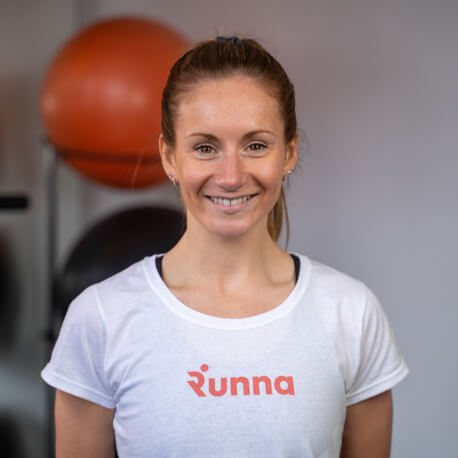As a coach for run training app Runna, I'm often asked ‘what is a good running pace?’ It's a difficult question to give a straight answer to as there are lots of variables which will affect our running pace.
These include age, gender, fitness level, how often we run, if we're running as part of a triathlon, what shoes we're wearing, if we're on an easy run or doing an interval session, if we're training or racing, if we're running on trails, a smooth road, a flat circuit or up and over hills, and how far we're running on that particular day. It's also natural to have variations in your pace day to day.
When it comes to racing, our best times are most likely to be achieved on a flat road circuit as part of a race. We're able to run quicker on flat and smooth terrain compared to running off road and on a hillier route where our pace will be slower because of the undulations.
But here are some of the fastest and average times for the most popular running distances.
What’s a good running pace for 5km?
Fastest 5k in the world by a man = 12:35
Average 5k for a man = 35:00
Fastest 5k in the world by a woman = 14:06
Average 5k for a woman = 42:00
What’s a good running pace for 10km?
Fastest 10k in the world by a man = 26:11
Average 10k for a man = 55:37
Fastest 10k in the world by a woman = 29:01
Average 10k for a woman = 1:03:17
What’s a good running pace for a half marathon?
Fastest half marathon in the world by a man = 57:31
Average half marathon for a man = 2:02:00
Fastest half marathon in the world by a woman = 1:02:52
Average half marathon for a woman = 2:16:00
What’s a good running pace for a marathon?
Fastest marathon in the world by a man = 2:00:35
Average marathon for a man = 4:21:03
Fastest marathon in the world by a woman = 2:14:04
Average marathon for a woman = 4:48:05
The world record times were run by people who train specifically for these events. During each of these races, from 5k up to marathon, the runners will have entered an unknown territory on race day trying to run their fastest time – which just so happens to be the fastest time ever!
How should I split my run training?
In training, we don’t want to try and run our fastest all the time. Let’s save this for race day! Training is a balance between easy, tempo (80-90% effort) and fast (nearly flat-out!) running. The general rule is to aim for 80% of our training to be easy and 20% to be hard.
It's important we have a large volume of easy running so we can recover from the harder days, reduce our risk of injury and, most importantly, build up endurance and lower leg strength for running those harder sessions.
Easy runs should be done at a conversational pace where you feel like you could continue on and on!
How should I pace my triathlon run?
When we're running as part of a triathlon, finding a ‘good pace’ is even more individual. How one person feels running off the bike might differ to the next. One triathlon course compared to another will be very different, too.
Finding a triathlon race pace can be done by using your running-only race paces. For a sprint triathlon (5km run), you're more likely to run around your 10km run effort due to the fatigue from the swim and bike.
For an Olympic triathlon (10km), you might be closer to your half-marathon run pace and so on. Always find out what the run course is going to be like, will there be hills, any off road sections or is it flat and smooth?
When it comes to finding your good pace, the best comparison is always with yourself. I would always encourage the athletes I coach to focus on their ‘good pace’ and not compare with other people.
Keep a record of your easy runs, is your pace for the same effort or heart rate on the same loop getting quicker? Monitor your interval sessions, is your 400m rep time getting quicker for the same number of reps with the same rest?
Track your tempo effort, is your pace getting quicker as you progress through your training plan? Even head to your local parkrun, and see if you can up the pace the next time you go!
By having a ‘good pace’ for different efforts, routes and distances, it keeps our running more interesting!
Looking for some help with your run training? Sign up to Runna and you can access personalised training plans from the likes of Steph Davis and pro triathlete Beth Potter.
Plus, sign up via this link or use code 220T on the app and you can get a two-week free trial.
Top image credit: Getty Images
